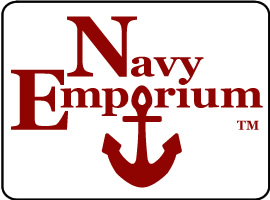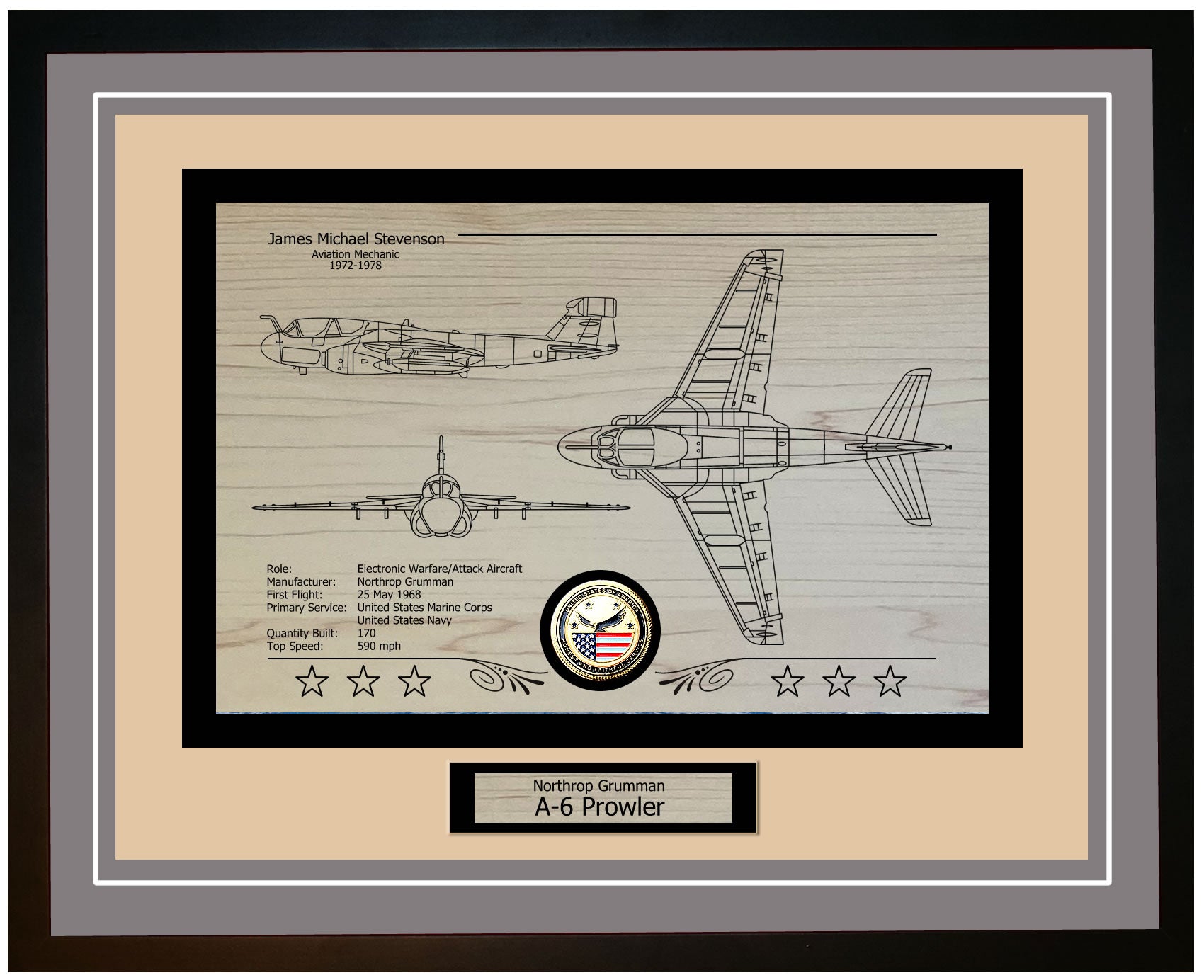The USS Admiralty Islands CVE-99 was a Casablanca class escort carrier that Kaiser Shipbuilding Company, in Vancouver, Washington constructed during World War II. It was launched on November 22, 1943, as part of the US Navys efforts to bolster its fleet of escort carriers for Pacific theater operations.
Named after the Admiralty Islands in the Bismarck Sea near Papua New Guinea this ship had a role in the Pacific campaign of World War II serving as a base for Allied forces. The USS Admiralty Islands pays tribute to the courage and sacrifice of soldiers who fought in that region.
Noteworthy for its aircraft launch and recovery capabilities the USS Admiralty Islands had both a flight deck and hangar deck to operate types of aircraft like fighters, bombers and reconnaissance planes. This versatility made it an invaluable asset for operations in the Pacific.
The enduring impact of the USS Admiralty Islands on the US Navy is profound as it played a role in securing an Allied victory, in the Pacific during World War II.
The ship took part in missions and battles offering assistance, to ground troops and carrying out patrols to counter submarines. The USS Admiralty Islands received battle stars for its contributions in the Pacific theater.
Belonging to the Casablanca class of escort carriers the USS Admiralty Islands was specifically built to provide air support for operations and escort convoys. These carriers were smaller and more agile than fleet carriers making them well suited for operations in the Pacific region where space was limited. The USS Admiralty Islands was particularly tailored to aid in landings and protect troops on the ground.
Commissioned on January 10, 1944, with Captain William D. Sample at its helm as the officer the ship underwent training and trials before being deployed to the Pacific theater. Throughout its service the USS Admiralty Islands played a role in backing forces, in the Pacific region contributing significantly to the ultimate defeat of the Axis powers.
The Mighty USS Admiralty Islands CVE-99: A Closer Look at the Naval Powerhouse
The USS Admiralty Islands CVE 99 was a type of escort carrier known as the Casablanca class that served in the United States Navy during World War II. It measured 512 feet in length 65 feet, in width. Had a draft of 22 feet. With a displacement of 7,800 tons it was powered by four boilers operating two steam turbines allowing it to reach a speed of 19 knots. The ships crew consisted of around 860 officers and enlisted personnel.
Equipped with radar and sonar systems for navigation and enemy vessel detection the USS Admiralty Islands also featured a flight deck of accommodating up to 28 aircraft, including fighters, bombers and torpedo planes. Its primary role was to provide air support for operations and escort convoys.
For defense against enemy aircraft and submarines the USS Admiralty Islands was armed with aircraft guns like 40mm and 20mm cannons. Additionally it carried depth charges and hedgehog anti submarine weapons to ensure protection during combat engagements. This comprehensive armament made the ship well prepared to face threats while safeguarding its convoy.
In essence the USS Admiralty Islands proved to be an effective escort carrier that significantly contributed to the triumph, in World War II.
With its design, technology, strong weaponry and skilled crew members who showed unwavering commitment and courage this vessel proved to be a formidable presence, on the ocean waters. Their dedication and bravery were factors in its performance, during military engagements.
USS Admiralty Islands CVE-99 Crew Member Reports of Time Aboard
The USS Admiralty Islands (CVE-99) holds a special place in the hearts of its former crew members, as evidenced by the memories shared in its guestbook. These recollections paint a vivid picture of life aboard the escort carrier during its active years, particularly around 1944.James Lambert, who served as a 3rd Class Petty Officer, recalls his time on the ship from 1944 to 1948. As a Baker/Cook, Lambert was responsible for ensuring that the crew was well-fed, a crucial role in maintaining morale and energy levels during long deployments. His memories are intertwined with those of his fellow shipmates, including Fred Hinz, Pop Harding, Joe Farner, and Georgey Johns. These names evoke a sense of camaraderie and shared experience, suggesting that the bonds formed aboard the USS Admiralty Islands were strong and enduring.
Lambert's recollections provide a glimpse into the daily life and operations on the ship. The role of a Baker/Cook was not just about preparing meals; it was about creating a sense of home and comfort in the midst of the vast and often unpredictable ocean. The mention of his shipmates indicates that the crew worked closely together, each contributing to the ship's mission and the well-being of their fellow sailors.
The era from 1944 to 1948 was a significant period for the USS Admiralty Islands, as it was involved in various operations during World War II and the immediate post-war years. The ship's crew, including Lambert and his colleagues, played a vital role in these efforts, demonstrating resilience, skill, and dedication.
In summary, the memories shared by James Lambert highlight the importance of the USS Admiralty Islands (CVE-99) in the lives of its crew members. The ship was not just a vessel but a community where sailors like Lambert, Hinz, Harding, Farner, and Johns forged lasting friendships and contributed to a larger mission. These recollections serve as a testament to the enduring legacy of the USS Admiralty Islands and the men who served aboard her.
USS Admiralty Islands CVE-99: Evolution of a Naval Powerhouse
Upgrades, Mission Capabilities and Contribution, to the Fleet
The USS Admiralty Islands (CVE 99) went through upgrades during its time in service improving its abilities and expanding its usefulness within the fleet. Initially put into service in 1944 this escort carrier had a number of aircraft and basic radar systems.. As naval warfare requirements changed so did the technology on board the CVE 99. By the 1940s the ship was upgraded with radar and communication systems enhancing its capability to detect and monitor enemy movements. Moreover enhancements were made to the flight deck to handle newer and heavier aircraft enabling the carrier to support a variety of missions.
The mission capabilities of the USS Admiralty Islands were varied. Adjusted to meet the evolving needs of the U.S. Navy. During World War II it played roles in submarine warfare (ASW) and convoy escort duties by providing crucial air support and reconnaissance for Allied shipping routes. The carriers aircraft played a role in locating and neutralizing enemy submarines ensuring the safety of supply lines. After the war ended CVE 99 took on tasks such, as training exercises and fleet logistics support.
The USS Admiralty Islands, known as CVE 99 showcased its versatility and effectiveness during the Korean War by offering air support and reconnaissance, for ground troops. Its ability to adapt to combat situations was evident. Appreciated.
This ship played a role in history especially during World War II. Its presence in the Pacific Theater was instrumental in the success of operations like the Battle of Okinawa. The carriers aircraft provided air cover and ground support that helped secure beachheads and advance positions. After the war CVE 99 continued to contribute by training new pilots and participating in fleet exercises to maintain naval readiness.
In essence the USS Admiralty Islands (CVE 99) symbolized the U.S. Navys escort carriers adaptability and resilience. Through upgrades and a diverse set of mission capabilities it played a part in both peacetime activities. Its valuable support, in combat roles ensured the success of naval missions.
The enduring influence of the CVE 99 showcases how vital it is to embrace progress and strategic adaptability to uphold dominance.
USS Admiralty Islands CVE-99: A Vanguard of Valor in the Theater of War
Deployments, Role, in Significant Conflicts, Awards and Recognitions
The USS Admiralty Islands (CVE 99) had a role in key operations during World War II highlighting the versatility and strategic significance of escort carriers. It was commissioned in March 1944. Swiftly put into action in the Pacific Theater. Its main tasks included offering air support for landings engaging in submarine warfare and safeguarding convoys. An notable deployment was seen during the Mariana and Palau Islands campaign where it provided air protection for the invasion forces ensuring successful operations and aiding in capturing these critical islands.
As the war advanced the USS Admiralty Islands remained an asset in conflicts. In the Battle of Leyte Gulf in October 1944. Recognized as one of history's battles. The carrier's aircraft played a pivotal role in repelling Japanese forces. The carrier's planes carried out submarine patrols, reconnaissance missions and direct strikes on enemy vessels significantly contributing to the Allied triumph. Its participation highlighted how escort carriers were key, to achieving air superiority and shielding fleet units from submarine threats.
During its time, in service the USS Admiralty Islands played a role not in combat but also in post war activities. After the fighting ceased the ship took part in Operation Magic Carpet, an initiative to bring back troops from the Pacific region. This operation showcased the ships versatility and adaptability as it shifted from duties to a peacetime mission of returning soldiers. The successful completion of these tasks highlighted the ships flexibility and the unwavering commitment of its crew to their responsibilities.
Throughout its service the USS Admiralty Islands received awards and accolades in recognition of its contributions during wartime. The ship was honored with battle stars for its involvement in operations such as the Leyte Gulf and Mariana and Palau Islands campaigns. These honors served as a testament to the bravery and expertise of its crew members who bravely faced often dangerous circumstances. The distinguished service history of this vessel stands as a chapter, in U.S. Navy history underscoring the role escort carriers played in securing Allied victory during World War II.
USS Admiralty Islands CVE-99 Ship Specifications
| Specification | Details |
|---|---|
| Class | Casablanca Class Escort Aircraft Carrier |
| Commissioned | June 13, 1944 |
| Displacement | 10,902 tons |
| Length | 512 feet |
| Beam | 108.1 feet |
| Draft | 22.6 feet |
| Speed | 20 knots |
| Complement | 860 |





